VR APPS FOR ENERGY & UTILITY COMPANIES
3D Walkabout is an Australian based VR studio that designs amazing VR apps for Energy & Utility Companies.

Virtual Reality (VR) for Energy & Utility Companies
VR offers great potential for energy production and utility companies in various ways. VR can be utilised as a powerful training tool for staff, allowing them to practice complex procedures, safety protocols, and emergency scenarios in a virtual environment. This enhances their skills, knowledge, and preparedness in the field. VR can be instrumental in engaging stakeholders and the public in new energy projects. By creating immersive experiences, VR enables individuals to explore and understand renewable energy sources like wind, solar, and hydrogen. This facilitates education, raises awareness, and fosters support for sustainable energy initiatives. VR simulations can showcase the benefits, operation, and environmental impact of these technologies, encouraging participation and collaboration in transitioning to a cleaner energy future.
What are the benefits of VR for the Energy & Utility Companies?
More effective training of new energy sector members of staff
Limit printing and maintenance spending with digital documentation available
Increase efficiency as 3D modelling provides further insight into the work environment
See issues remotely with a VR headset and an algorithmically generated landscape
Adjust industrial designs with ease in 3D modelling software
Complete 3D simulations that test new machinery
Guide clients on tours of facilities without risking a physical presence
Combine remote and in-person employees into one project through metaverse systems
Retraining and refresher courses using 3D models
Use of AR as a means of visualising data trends in the real world
How VR is currently being used by energy & utility companies
VR currently has several uses in the energy space, the first of these is in the way that companies train their employees. Learning from a textbook is all well and good, but doesn’t provide practical experience. Training employees on real-world equipment can be a costly procedure. Some energy companies use VR in these cases, creating complex 3D models of their equipment that trainees interact with, learning more about the machinery. This provides an opportunity to get hands-on with machinery without needing to have a physical version of that equipment on the premises, cutting down on costs.
Companies also use VR as a means of demonstrating systems to their clients. By placing clients in a VR environment, they access a fully 3D and interactive environment that shows them all of the components in the system, in addition to the way that these components combine to offer a coherent service. The energy and utilities industries are highly complex and rely on a lot of moving parts all working together. Using VR when presenting to external parties helps to build their understanding more effectively and improve the knowledge levels of important stakeholders such as investors in company infrastructure.

Brainstorm your ideas on 1300 00 3392
If you’d like to receive our full ‘VR for Energy & Utility Companies Information Pack & Price List‘ please add your details below.
The industries we work in
VR Energy & Utility Companies Projects
No Results Found
The page you requested could not be found. Try refining your search, or use the navigation above to locate the post.
VR Energy & Utility Companies Articles
VR Energy & Utility Companies Videos
Frequently Asked Questions
Is it healthy to play VR all day?
The health risks of VR, such as eye strain, are lessening as time goes on and the resolution of VR headsets improves. VR still runs the risk of tripping and falling over objects in the real environment that you can’t see, so use your VR system in a dedicated space.
Is VR environmentally friendly?
Virtual reality can be a very environmentally friendly tool. It allows access to systems, people and items from around the world whilst only using a fraction of the energy it would take to transport things. This is an effective and reliable way of bringing workplaces together across large distances without risking emissions.
How long does VR power last?
VR power depends on the specific headset you use. Some have wires going into the headset, allowing constant running. Others have more limits on their uptime, with major market options offering approximately 8 hours depending on the system’s specific use.






























